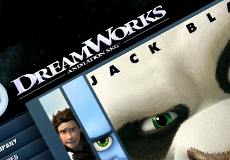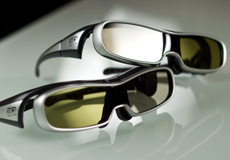Cinematographer Praises the Soon-to-be-Released Canon EOS C300
By Rob Scott
December 2, 2011
December 2, 2011
- Jonathan Yi is a freelance director and cinematographer who works largely in film and advertising. He teaches camera and cinematography at New York University’s Tisch School of the Arts film program.
- Yi recently posted an impressive six-minute test video of the new Canon EOS C300 that makes comparisons with current DSLRs and reveals a new standard for digital cinematography.
- “I believe that Canon made a beautiful camera that is sensible, reliable and portable in a way that I’ve always dreamed a camera could be. It prioritizes great skin tone and has higher ISO sensitivity than any other camera out there,” he writes. “I know there’s nothing I can say to change the minds of the RED fan club. For the rest of the skeptics, I think once you get your hands on it you’ll understand how great this camera really is. Please buy this camera in January and go film some good skin tones in the dark. You’ll love it.”
- The EOS C300 and EOS C300 PL are expected to be available in early 2012, at an estimated cost of less than $20,000.
- Yi’s (very) detailed review is available on the Canon site, in which he writes: “As Canon’s flagship 1080p HD cameras, the EOS C300 and EOS C300 PL are designed to fit a wide variety of production needs. They are at home as A Cameras for Independent Films, Commercials, Television and Dramas as well as B Cameras on Major Motion Pictures, offering in addition to the more common 23.98P frame rate, several selectable frame rates including a straight 24.00P setting for intercutting directly with film originated material. Full HD 1920×1080 (1080p) is currently the most used and needed deliverable frame size for these applications. The EOS C300 and EOS C300 PL provide easy adoption and simplified workflow that 4K cameras currently cannot deliver.”





